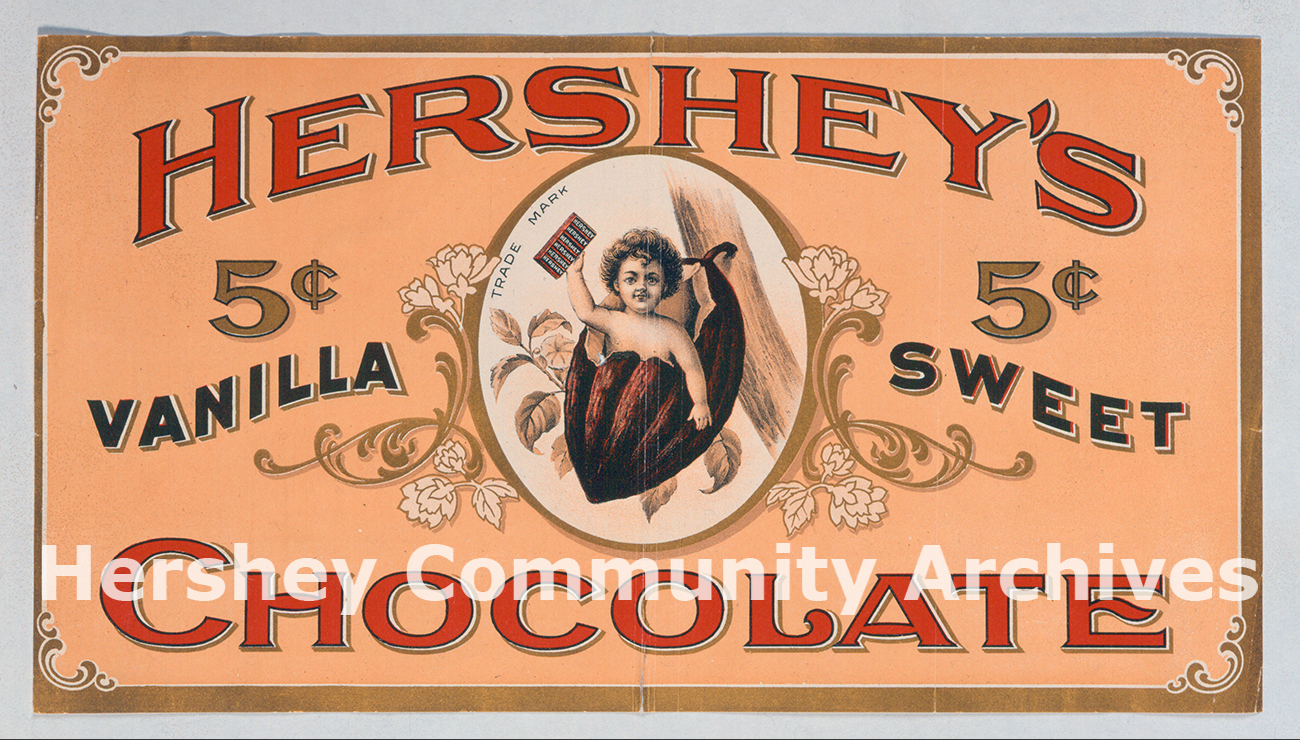The Sweet Story of Chocolate: A Journey from Cacao to Confectionery Delight
As a gardener and a lover of chocolate, I'm excited to share with you the fascinating history of chocolate. From its humble beginnings as a precious commodity in ancient civilizations to its current status as a beloved treat around the world, chocolate has come a long way.
Ancient Mesoamerica: The Birthplace of Chocolate
Chocolate originated in the tropical regions of Mesoamerica, where the cacao tree (Theobroma cacao) was first domesticated over 3,000 years ago. The ancient Mayans and Aztecs revered cacao as a sacred gift from the gods, using it to make a bitter drink called xocoatl. This rich, frothy beverage was considered a luxury item and was often served at special occasions.
Spanish Conquest and the Introduction of Sugar
In 1519, Spanish conquistador Hernán Cortés arrived in Mexico, bringing with him a taste for sugar and other sweet treats. The Aztecs, who had previously relied on cacao beans as a primary source of protein, were shocked to discover that Europeans enjoyed their chocolate with added sugar. This marked the beginning of a significant transformation in the way chocolate was consumed.
European Trade and Colonization
As Spanish colonization spread throughout the Americas, chocolate became a valuable commodity, sought after by royal courts and wealthy merchants. The first chocolate houses, like the famous Veuve Clicquot, emerged in Europe, offering patrons a chance to indulge in this exotic delicacy. However, the high cost of cocoa beans made chocolate inaccessible to all but the elite.
Industrialization and Mass Production
The 19th century saw the introduction of new technologies that enabled mass production of chocolate. The development of the cocoa press by Dutch chemist Coenraad Johannes Van Houten (1831) allowed for the separation of cocoa butter from cocoa solids, making it possible to create smooth, creamy chocolate. The invention of the conching machine by Swiss chocolatier Daniel Peter (1879) further refined the process, resulting in a more consistent and delicious final product.
Hershey's and the Rise of American Chocolate
In 1894, Milton S. Hershey revolutionized the chocolate industry with his innovative approach to mass production. By using a combination of milk and sugar, he created a sweeter, creamier chocolate that appealed to a wider audience. The introduction of Hershey's Milk Chocolate Bar in 1900 marked the beginning of American chocolate as we know it today.

Modern-Day Chocolate: Sustainability and Innovation
Today, the chocolate industry is undergoing significant changes in response to growing concerns about sustainability, fair trade, and environmental impact. Many chocolate makers are adopting practices like organic farming, shade-grown cacao, and zero-waste production to reduce their ecological footprint. Additionally, innovative technologies like 3D printing and lab-grown cocoa are being explored to create more sustainable and delicious chocolate products.
The story of chocolate is one of transformation and adaptation. From its ancient roots in Mesoamerica to its current status as a beloved treat around the world, chocolate has come a long way. As we continue to explore new ways to produce and enjoy this delicious delight, it's essential to remember the rich history and cultural significance that underlies every piece of chocolate we savor.
